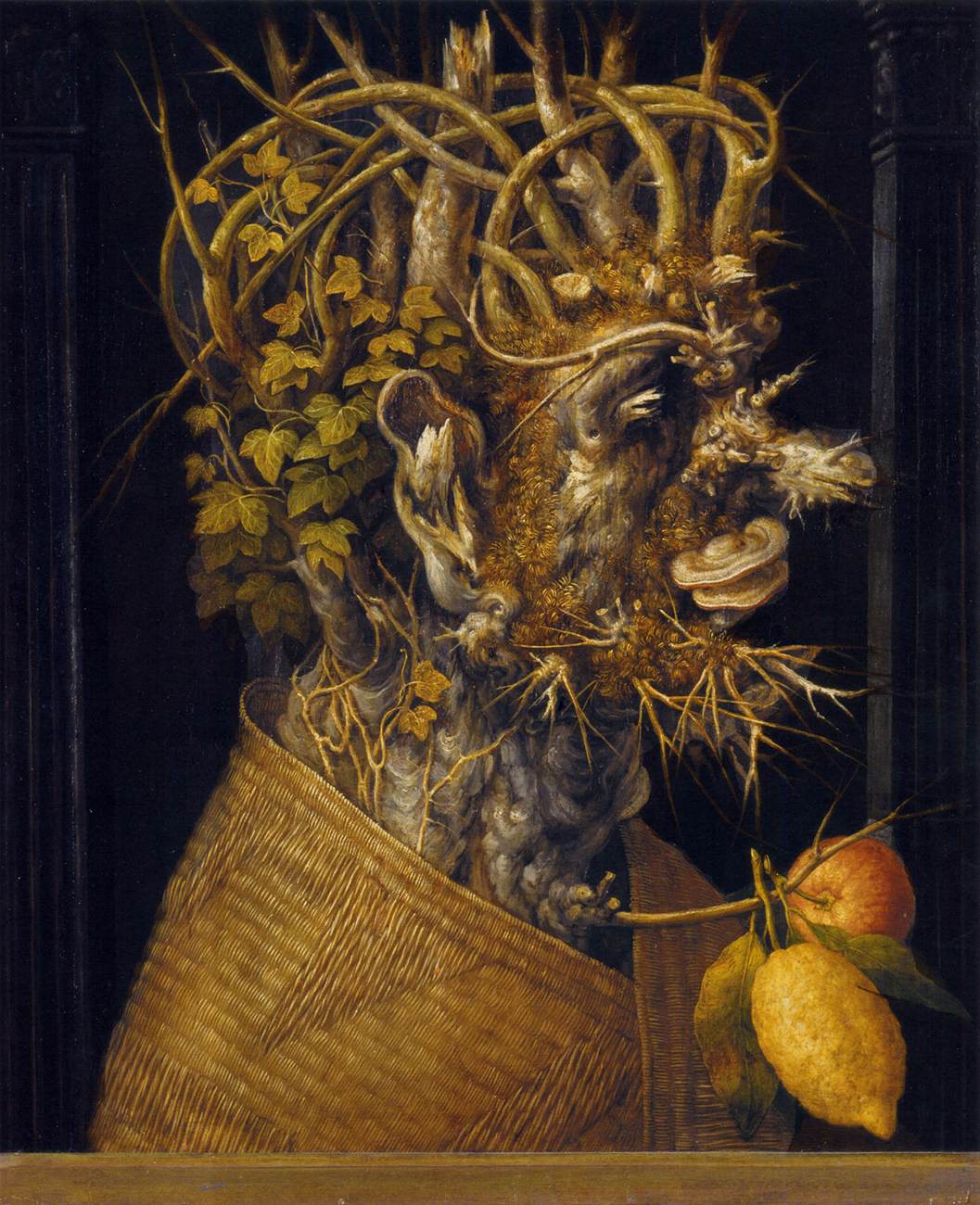Description
Giuseppe Arcimboldo's Winter painting is a 16th century masterpiece that depicts the winter season in a unique and fascinating way. The artistic style used by Arcimboldo is mannerism, characterized by the exaggeration of forms and the distortion of reality.
The composition of the work is impressive, as Arcimboldo uses unusual objects to create the figure of a man. The head consists of a pumpkin, the hands of tree branches, and the body of a variety of fruits and vegetables. This composition technique is known as "composite head" and was popular in the Renaissance era.
The color used in the painting is vibrant and contrasting, giving the work a cheerful and festive look. Cool tones of blue and green dominate the painting, creating the feeling of cold and snow, while warm tones of red and yellow add light and warmth.
The history of the Winter painting is interesting, as it was created as part of a series of four paintings depicting the four seasons. The series was commissioned by Emperor Rudolf II of Habsburg, who was a great admirer of Arcimboldo's work.
A little known aspect of the painting is that Arcimboldo included in it a series of hidden symbols that represent nature and life. For example, the gourd that forms the man's head symbolizes fertility and abundance, while the tree branches that form the hands represent life and growth.
In short, Giuseppe Arcimboldo's painting Winter is a masterpiece that uses unique and amazing artistic techniques to depict the winter season. The composition, color and history of the work make it a unique and fascinating piece to admire and study.

